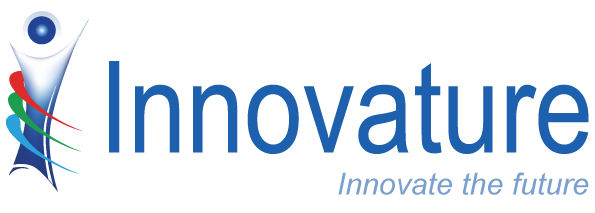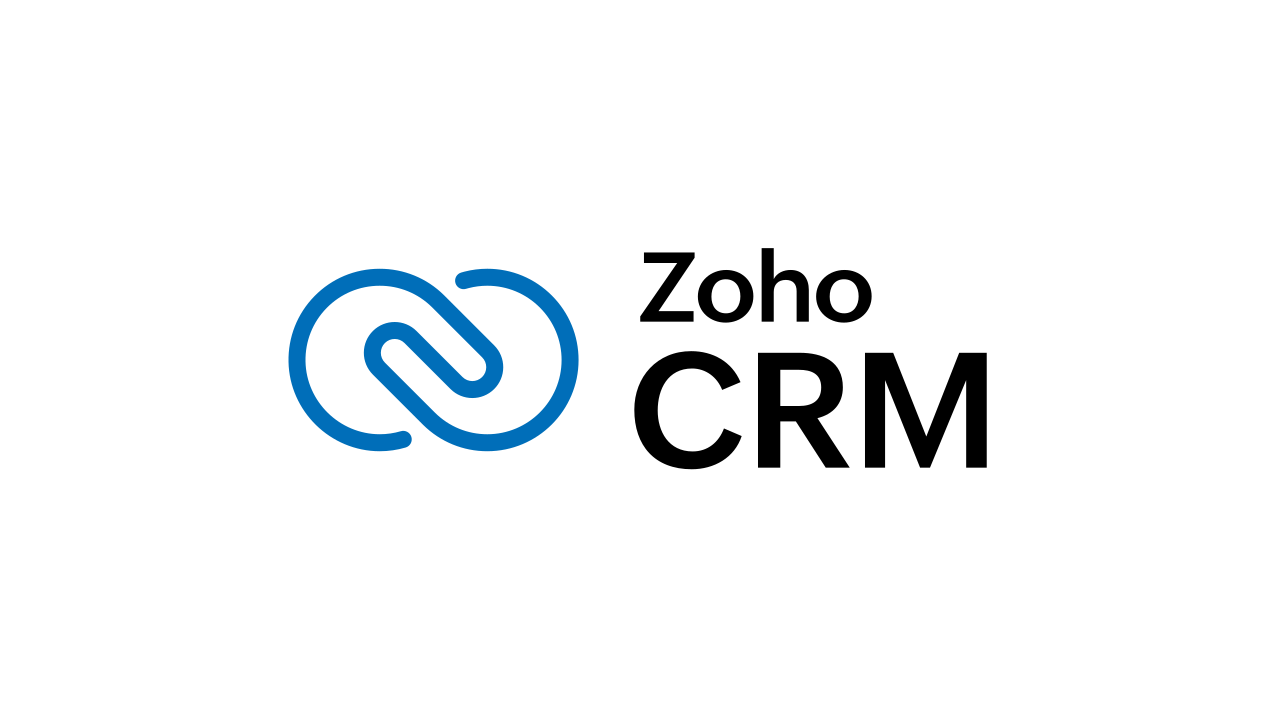
- Akira Haruka
Staff shortages could arise any time. Many well-known companies are turning to IT Staff augmentation to help meet their hiring needs more efficiently.
What is IT Staff Augmentation?
Gone are the days when hiring internal staff was the only option. Today, companies are creating international remote teams through a finer outsourcing model: IT Staff Augmentation. This model allows employers to staff their projects or the entire company based on their overriding goals and staffing needs.
In-House Hiring Vs Outsourcing And It Staffs Augmentation
While it gets harder each day to extend your in-house team, you may consider outsourcing development.
Development outsourcing is a tried and tested way to delegate tasks to a remote team based either in the same country or abroad.
Once you decide to outsource IT engineering tasks, you have two options to choose from:
- Outsource an entire project to a dedicated development team.
- Hire as many specialists as you need to deal with particular tasks on your existing project.
The Latter Option is the Essence of IT Staff Augmentation. In a nutshell, staff augmentation may be a profitable alternative to on-site hiring. You can hire as many specialists as you need to work with you remotely, and you can retain them for as long as you require. While doing this, you avoid all HR-related hassles and significantly cut your time to hire.
The sooner you hire a new engineer, the sooner you can roll out a business-changing product or update and outrun potential competitors.
Benefits Of Staff Augmentation Contributing To The Growth
In the event of sudden layoffs, resignations, acquisitions, or large-scale projects that exceed the capacity and skills of the current workforce, companies need additional staff. It is important to fill these positions, otherwise, your productivity could be at risk. The problem lies in the time to find a new employee, integrate it and use it for the task at hand.
According to estimates from a famous recruiting platform, it takes approximately 23 days to complete the recruiting process, which can grow or shrink depending on the company’s specific recruiting practices. Once a candidate has been chosen and liked, can the background screenings add up to another week in imagining their plight if the candidate declines? You are back to number one! Also, if you are hired, it will take two weeks to a month of training before you can operate at the highest level of efficiency. At the highest management levels, this can take even months to achieve measurable results.
Staff augmentation has several benefits, including the one mentioned above. Let’s take a look at others:
Increased Adaptability And Flexibility
If your team is scalable, you can afford to take on projects of any size and shape. You won’t say no to any of your clients’ requests because you have a convenient option. With Staff Augmentation, you can scale your workforce as needed. It will also help you diversify your services and offer high-quality solutions with the experience of a temporary worker.
Access To More Quality Talent
Staff Augmentation has benefits at all stages of the software development life cycle. Remember, however, not to divide, as you will need to identify the area in which you and your team lack the expertise. Then you can focus your outsourcing approach on a specific task or technology to make up for the lack of your equipment. It could also mean venturing into a new category with a new project, not wanting to hire, and contacting the experts directly to do so. In the end, you will have access to the best resources in the industry to advance your current projects and further grow the business.
Your Core Team Can Concentrate On What They Do Best
If you plan to explore a new idea and communicate it to the appropriate teams to make the idea work, there can be risks. The work of a QA expert cannot be done by a developer, it is best to leave the job to those who are good at it. Even if you ask your current IT staff to develop untested platforms, they could become prone to failure and a nervous breakdown. So it’s best to understand your team’s core strengths and bring in dedicated experts for the tasks they’re not good at. Your core team can work to improve what you are already good at and can continue to grow stronger. That way, they can focus on being the best at what they are. If you have an IT project in the pipeline and looking for a dedicated team to get things done smoothly, let’s talk.














